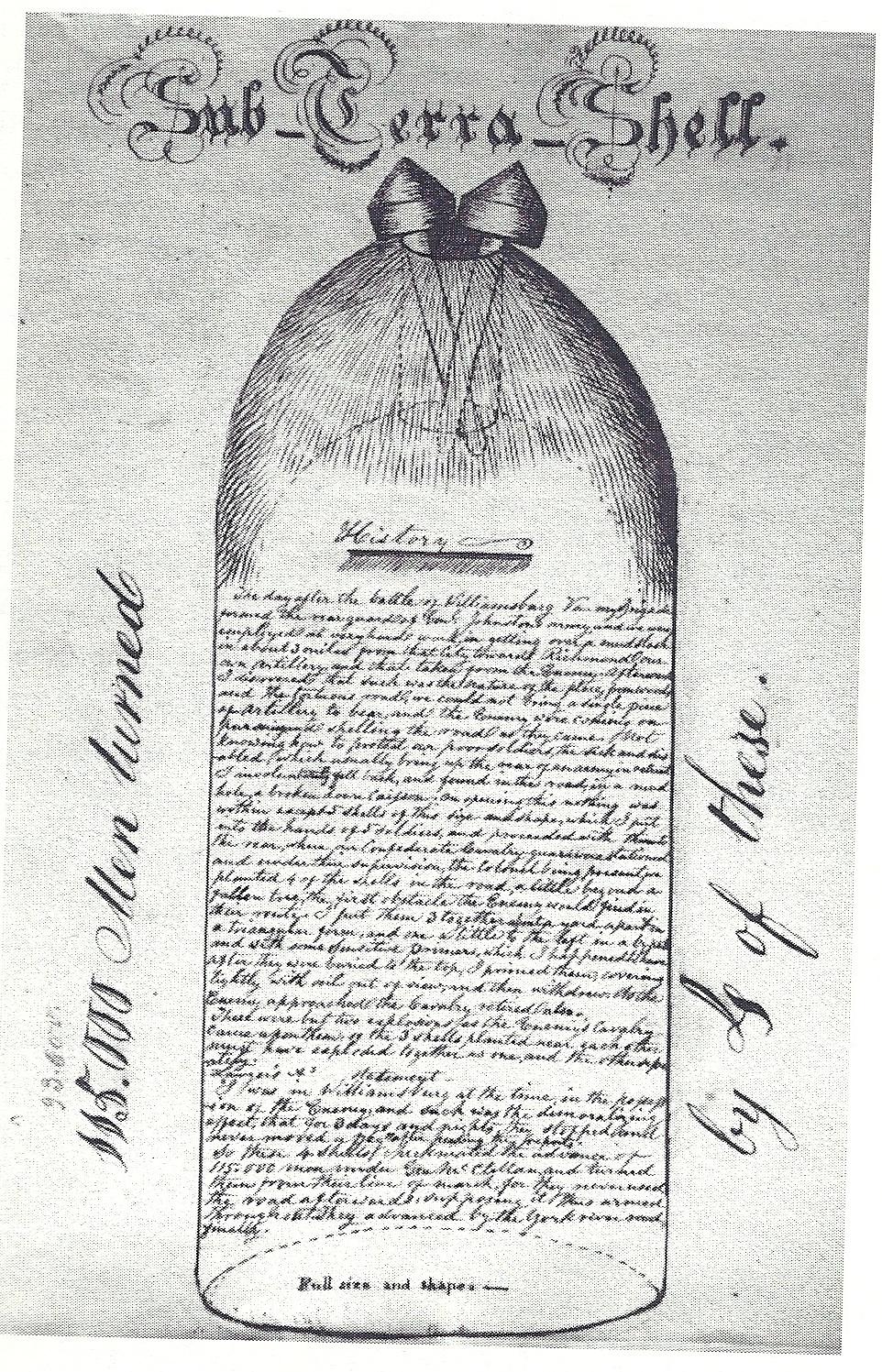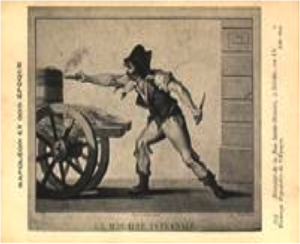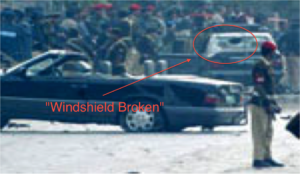I’m enjoying a fascinating book about improvised munitions from the American Civil War. The book is a new edition of two period documents, firstly the “Rains Torpedo Book” written by an innovative Confederate officer , General Gabriel Rains and describing a significant number of ingenous IEDs that he designed and deployed. At the time both land mines and sea/river mines were all known as “torpedoes”. The second document, included in the book, is from the Federal perspective “Notes Explaining Rebel Torpedoes and Ordnance” by Captain Peter S Michie. I’d recommend the book to anyone interested in Counter-IED for the unusual perspective it gives. Here’s a link to Amazon: Confederate Torpedoes
As an example there is a description of a triple IED attack mounted by Rains in the aftermath of the Battle of Williamsburg in 1862.

Title – Sub –Terra Shell “ 115,000 men turned by 4 of these”
The day after the Battle of Willamsburg, Va, my brigade formed the rearguard of Genl. Johnston’s army, and we were employed at very hard work, in getting over a mud slosh in about 3 miles from that city toward Richmond our own artillery, and that taken from the enemy. Afterward I discovered that such was the nature of the place , from woods and the tortuous road, we could not bring a single piece of artillery to bear, and the enemy were coming on pursuing and shelling the road as they came. Not knowing how to protect our good soldiers, the sick and disabled, , which usually bring up the rear of an army in retreat, I involuntarily fell back and found in the road, in a mud hole a broken down caisson. On opening this, nothing was within except 5 shells of this size and shape., which I put in the hands of 5 soldiers, and proceeded with them to the rear , where our Confederate cavalry guard was stationed and under their supervision, the colonel being present we planted 4 of the shells in the road a little beyond a fallen tree, the first obstacle the enemy would find on their route. I put the three together about a yard part in a triangular form, and one a little to the left in a basket and with some sensitive primers, which I happened to have, after they were buried to their tops, I primed them, covering lightly with soil out of view, and then withdrew. As the enemy approached the cavalry retired also.
There were twp explosions as the enemy’s cavalry came upon them, so the 3 shells planted near each other must have exploded as one , and the other separately.
Lawyer’s A ‘s statement – “I was in Williamsburg at the time in the possession of the enemy, and such was the demoralizing effect, that for 3 days and nights they stopped and never moved a peg after hearing the reports” So these 4 shells checkmated the advance of 115,000 men under Gen McClellan and turned them from their line of march, for they never used the road afterward, supposing it thus armed though they advanced by the York River road finally.
Other devices used are fascinating including the first electrical command wire initiated IEDs I have found – more to follow in future blogs.





